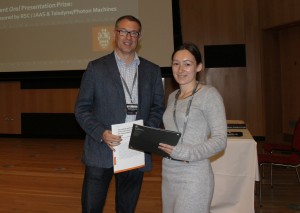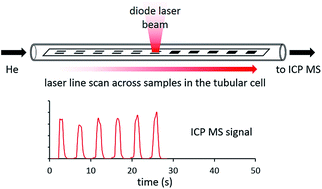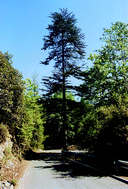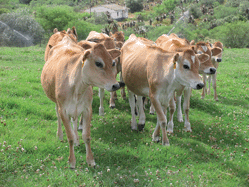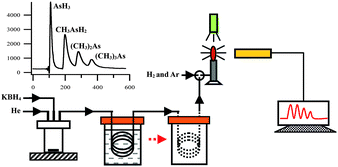Today, we interview Bastian Franze, who is currently finishing his PhD in the University of Münster, under the supervision of Prof. Dr. Carsten Engelhard.
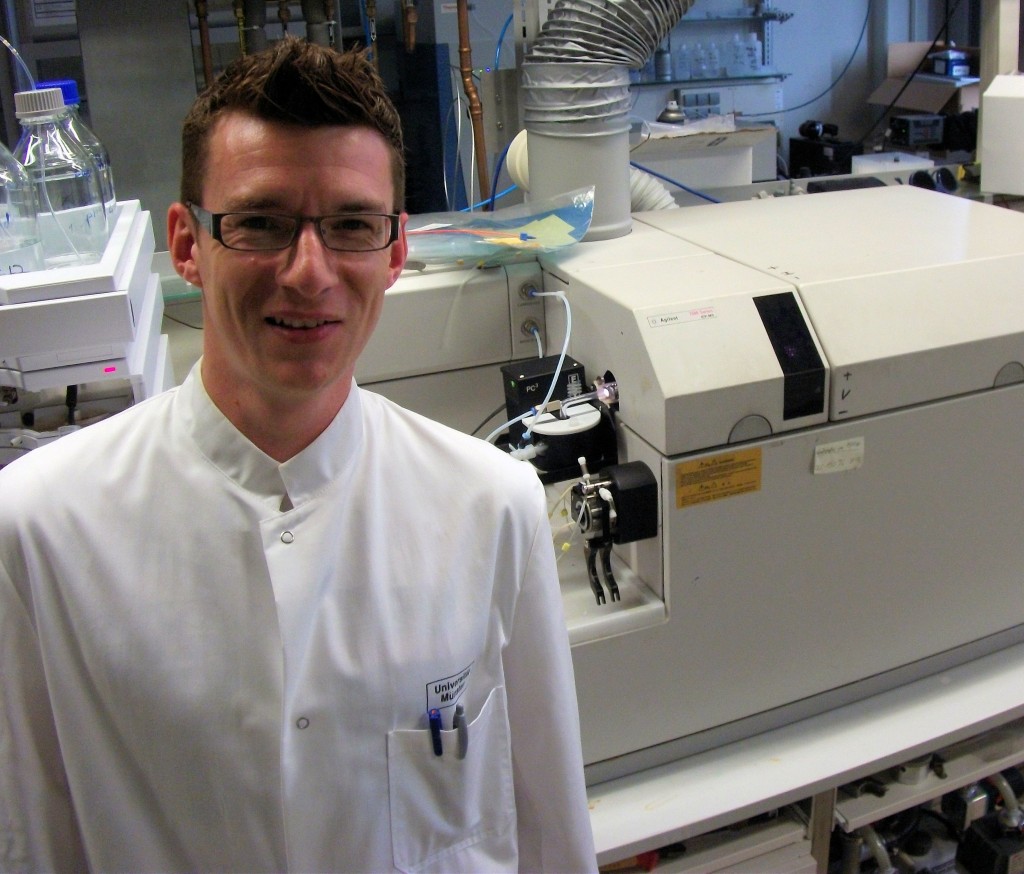
Bastian in his lab in Münster
Who or what inspired you to become a scientist?
Already as a child it became clear that science will be my passion. I was interested in many things that had to do with life science, environment, and technology. Later in school, more in-depth questions began to arise regarding the principles of nature and the theories and rules that apply. Especially the question about the composition of matter bothered me intensively, which led me to the decision to choose chemistry as a major in school and also as my major at university. Later on, my interest and curiosity in the analytical science was renewed due to an Analytical Chemistry course, offered by Prof. Uwe Karst. Just before the end of my studies I had the opportunity to do a research internship at the University of California in Davis in Prof. Hammock’s lab. I immediately liked the independent work on a specific research topic and enjoyed implementing own ideas.
Why did you choose your research group/University and what factors influenced your choice?
I chose the University of Münster mainly for two reasons. First, being able to study at one of the biggest universities in the country which is especially known for its scientific departments makes me proud and additionally boosted my motivation. Second, Münster as a city and the surroundings are very attractive for students as well as employees. The city is rich of history, culture, nightlife, and entertainment events. On the other hand the various recreation and sporting areas provide opportunities to keep your energy up.
With the renowned chemistry background, Münster has many research groups working on interesting topics. Carsten Engelhard as an up-and-coming scientist kindly offered me a position in his group where I could pursue my research in elemental analysis.
Can you explain a bit the purpose of your current research activities?
My research focuses on nanoparticle characterization with ICP-MS. As nanoparticles are nowadays applied more and more frequently, the analytical community has an obligation to develop methods capable of detecting small amounts of those particles in a variety of matrices in order to have tools available for risk assessment. During my studies, I dealt with the further development of the so called single particle detection methodology, where the detection of single nanoparticles reveals information about critical properties like size distribution and composition. As an application, I studied the dissolution behavior of silver nanoparticles in cell culture media. Moreover I developed a method for speciation of nanoparticle suspensions using capillary electrophoresis coupled to ICP-MS. For example, it is possible to detect and size nanoparticles in the presence of ionic species in the same sample.
As a side project in collaboration with Dr. Wolfgang Buscher, a low-argon-flow torch for an ICP-MS system was coupled to a gas chromatograph. Sensitive mercury speciation with drastically reduced argon consumption of around 1 L/min was feasible.
How is a typical day in your lab?
I normally start with setting up the parts needed and getting everything running. As some of the instruments are frequently used and run almost 24/7, one really needs to structure analysis time and plan experiments. After experiments are performed successfully, I evaluate the raw data in the office or use the off-lab time for writing or preparing texts and presentations. During the semester there is a group meeting once a week in which all group members frequently present their research activities, report on the participation of a recent conference or practice the presentation of poster or talks at a conference. Around 4 pm the group meets for coffee break to discuss or just chat.
What common activities are organized in your research group?
Apart from the weekly seminars in which we can present our recent results and discuss problems or ideas we organize some social events every now and then. This includes football training, breakfast, and barbecue. Additionally, if group members arrive or leave or guests come over for research activities or visits we arrange group dinners and celebrate the achievement of a degree or publication of a scientific paper.
What app/programs do you typically use?
For writing and presentation of results I commonly use the usual suspects Word and Powerpoint. For data evaluation and treatment I really prefer Origin as it exhibits almost all functions needed for the kind of data treatment I perform. Data evaluation of microscopic pictures is performed with ImageJ. I also use CorelDRAW and Photoshop for editing graphics and figures.
How do you search for scientific information? How do you manage your bibliography?
Generally, I look for specific publications via Web of Science, Google Scholar or SciFinder. To keep myself up to date I also have subscribed to RSS feeds of various journals. If I am interested in papers and if they are relevant for my own research, I normally categorize them in my EndNote library to have them readily available.
What are your views on JAAS? Which type of articles do you prefer? Do you miss some content?
The JAAS is one of the journals I visit the most. I really like the mix of papers dealing with fundamental research, studies about applications of various techniques for a variety of samples, as well as themed issues. In addition, I frequently take a look at the JAAS News blog to read about conference announcements or summaries, and highlighted papers.
What do you like and dislike the most about your work?
I like my colleagues, ICP-MS, and coffee breaks. I dislike the canteen. I also like having an idea and getting it to work. I like the working atmosphere and am happy and can call myself lucky to have almost every analytical tool available here to face many analytical problems. I am very thankful to Prof. Uwe Karst, Prof. Carsten Engelhard, and the scholarship programs to carry out research and for being able to attend many important conferences and exchange ideas with or present research results to a broad audience.
I do not like the frustrating part of research in Analytical Chemistry: not working instruments.
What do you expect to be doing in 5 years time?
As I do not have the specific plan for the perfect employment to be in, there may be two or three possibilities. Especially for an analytical chemist, there are many options. First of all, the industrial sector offers great opportunities for graduates especially if one wants to move up the corporate ladder. Besides, the public sector does also offer positions, some of which sound really attractive. I could also see myself in a research institute apart from the academic sector where I can still develop ideas and put them into practice. Anyway, the decision where to go is important and I will definitely reflect the possibilities properly. One important prerequisite for me is to work in a friendly atmosphere and where I really can enjoy my work.
What do you enjoy doing when you are not in the lab?
Definitely football. I play, watch, and travel for football. I would say that this is the most time-consuming hobby I have. Besides and especially in football summer and winter break, I love to go snowboarding and travelling or spend time with my girlfriend and my friends. On vacation, I often go hiking, diving or just explore the countryside. I also like to read books, especially crime thrillers, or watch a good movie or TV show.
Thanks a lot Bastian! And congratulations for the World Cup!
Have a look as Bastian’s most recent publication in JAAS:
J. Anal. At. Spectrom., 2012,27, 1074-1083 DOI: 10.1039/C2JA00003B
Comments Off on The Next Generation – An Interview with Bastian Franze
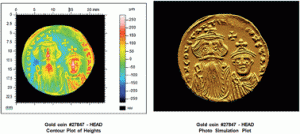 A centrifugal microfluidic platform integrating monolithic capillary columns for high-throughput speciation of chromium
A centrifugal microfluidic platform integrating monolithic capillary columns for high-throughput speciation of chromium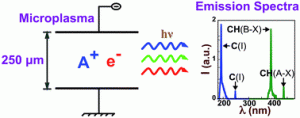 Enhancement of analyte atomic lines with excitation energies of about 5 eV in the presence of molecular gases in analytical glow discharges
Enhancement of analyte atomic lines with excitation energies of about 5 eV in the presence of molecular gases in analytical glow discharges











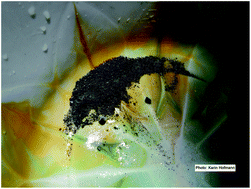
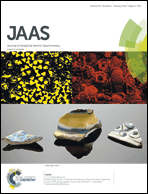 We are delighted to announce that our latest Impact Factor* has risen to 3.4!
We are delighted to announce that our latest Impact Factor* has risen to 3.4!